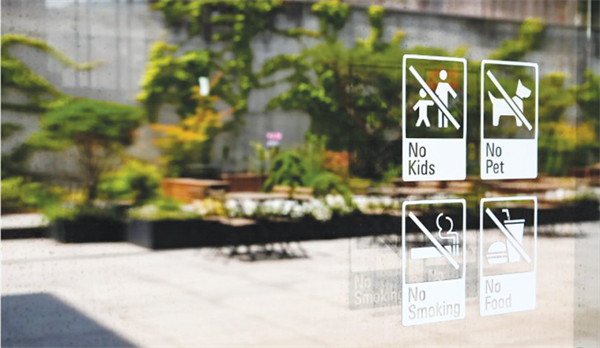
“No Kids” notice at a cafe in Seoul, South Korea. Photo: WASHINGTON POST
With the world’s lowest birthrate and a rapidly aging population, concerns are growing that the South Korean economy is under pressure and that the national pension system could run out in the coming decades. To address this, the South Korean government has implemented a series of policies to encourage couples to have more children. These include financial incentives such as cash bonuses and tax breaks for parents, as well as improved access to childcare and family-friendly workplaces.
However, despite these efforts to boost the birth rate, there are still many shortcomings that make it difficult for parents in South Korea to raise their children. One of the most notable shortcomings is the lack of child-friendly public spaces. South Korea is known for its bustling cities and high population density, which can make it difficult for families with children to find suitable places to spend time with their children. Additionally, many public spaces in South Korea are not designed with children in mind, making them less welcoming. One such case is that of Jang Ji-sung, a mother who was recently asked to leave the National Museum of Korea for bringing her 4-year-old son with her. And Jang Ji-sung’s case has sparked a public outcry and sparked a broader debate about the lack of child-friendly spaces in South Korea. This is seen as a paradox that affects South Korea’s population policy.
Many parents and activists believe that this is a major cultural problem, where children are not considered a priority and become a burden or inconvenience. One of the main reasons why public spaces in Korea are not child-friendly is due to a lack of knowledge and understanding of the needs of families with children. As a result, many public spaces in Korea are designed primarily for adults with little regard for the needs and preferences of children. This can make it difficult for parents to find places where their children can play and learn safely and comfortably.
On the other hand, as more Korean women enter the workforce and delay marriage, traditional expectations about child-rearing and gender roles are being challenged. At the same time, there is a growing emphasis on individualism and personal space, which may explain the growing lack of attention to children in public places. In this context, the banning of children from certain public spaces can be seen as a symptom of a broader social malaise that is the erosion of community ties and intergenerational solidarity.
Recently, Basic Income Party lawmaker Yong Hye-in brought her young child to the National Assembly and called on the South Korean government to lift the policy that bars restaurants, museums, cafes and other establishments from children. She said it is increasingly difficult to raise a family in cities that ban children from certain areas. And eliminating child-free zones and creating a more child-accepting society would help the country overcome its low birth rate. “Life with a child is not easy. However, we still have to recreate a society where we can coexist with our children,” Yong said while holding her son in the National Assembly.
Efforts to eliminate child-free zones gained momentum last week when the health and safety committee on Jeju Island considered a bill that would abolish child-free zones across the island. Lawmakers on Jeju will hold a session later this month to decide whether to pass the bill. If passed, it would be the first such law in South Korea.
In addition, there has been a growing movement in Korea to create child-friendly spaces in public areas. This movement has been driven by parents, activists, and local governments who recognize the importance of creating spaces that are friendly and accessible to families with children. In Seoul, for example, the city government has launched a program called “Children’s Zone,” which aims to create public spaces designed specifically for children and families. These areas include playgrounds, parks, and community centers that provide a variety of activities and amenities for children and their parents. Similarly, there are a number of private initiatives working to create more child-friendly spaces in Korea, such as the “KidZania” indoor theme park chain that offers interactive andeducational activities for children.
HOANG MINH
Source


![[Photo] General Secretary To Lam chairs a working session with the Central Internal Affairs Commission](https://vphoto.vietnam.vn/thumb/1200x675/vietnam/resource/IMAGE/2025/5/22/3b7790f499da45b2803d8ae253207ef1)
![[Photo] Press delegation meeting to visit Truong Sa and DK1 Platform](https://vphoto.vietnam.vn/thumb/1200x675/vietnam/resource/IMAGE/2025/5/22/6b8d232877ec421a9e8187d83b9f8006)

![[Photo] Prime Minister Pham Minh Chinh chairs meeting on draft Resolution of National Assembly on International Financial Center in Vietnam](https://vphoto.vietnam.vn/thumb/1200x675/vietnam/resource/IMAGE/2025/5/22/d398664ff1a140629169ea5a24e1b4d0)
![[Photo] T&T 1 and Ho Chi Minh City 1 People's Police Teams won the men's and women's team championships](https://vphoto.vietnam.vn/thumb/1200x675/vietnam/resource/IMAGE/2025/5/22/39db06ae67cb4001b7a556e8d9a56d07)

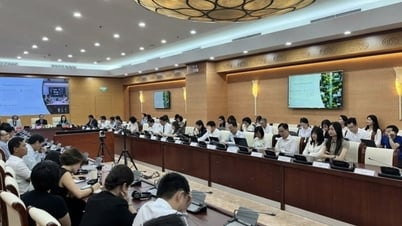

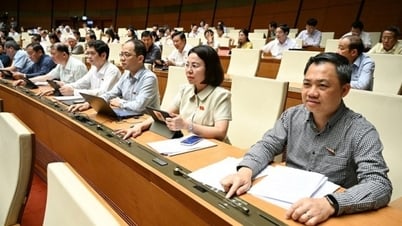













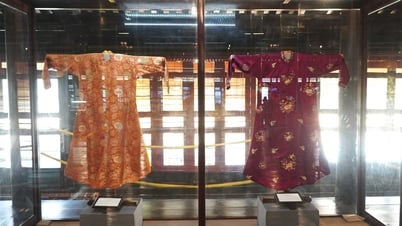









































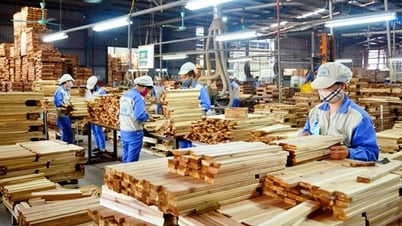






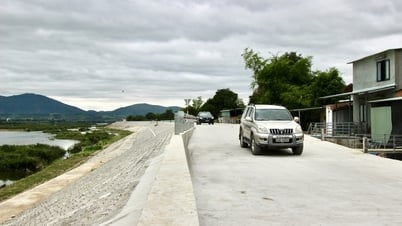







![[Podcast] Week introducing more than 500 OCOP products in Hanoi](https://vphoto.vietnam.vn/thumb/402x226/vietnam/resource/IMAGE/2025/5/22/d144aac2416744718388dbae3260e7fd)





Comment (0)